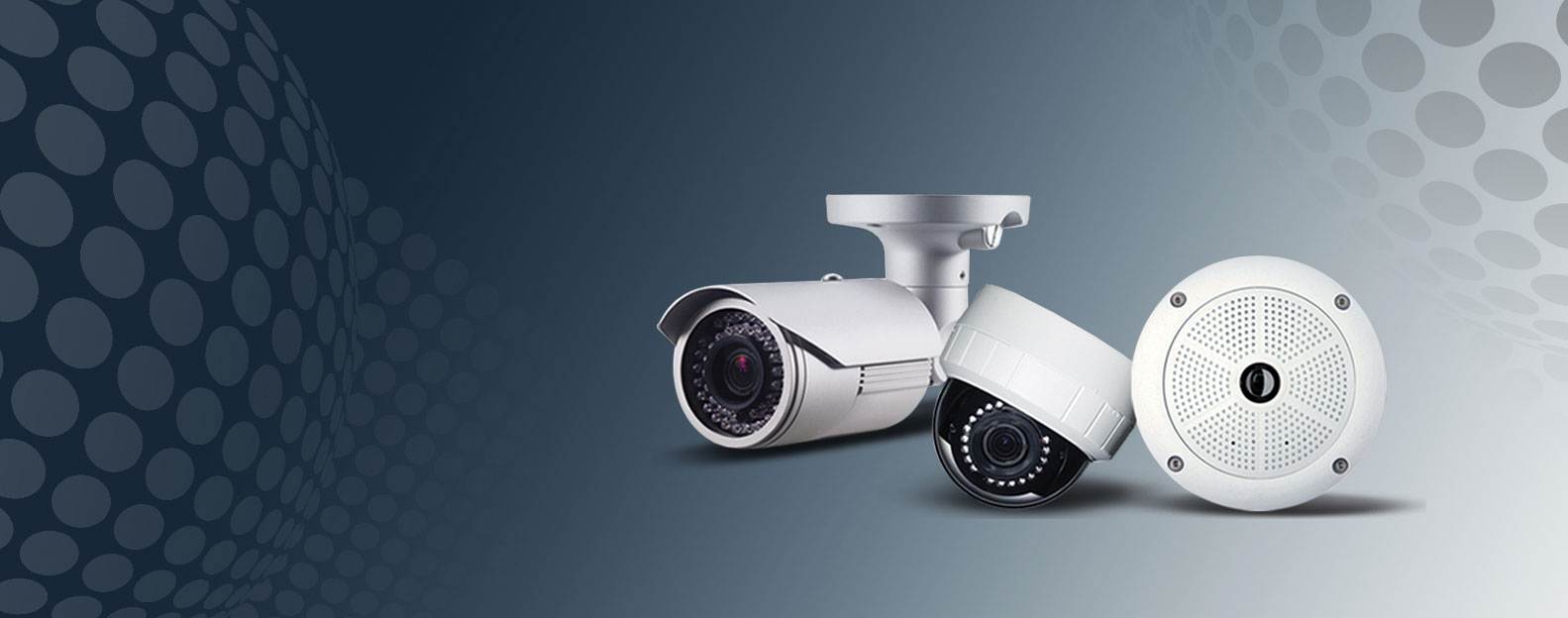
Access Control system
An Access Control System (ACS) is a security solution that regulates who can enter or exit certain areas within a building, facility, or network. Access control systems can be simple, like traditional keys and locks, or more advanced, utilizing electronic systems that can be integrated with other security measures such as surveillance cameras, alarms, and intercoms. The goal is to enhance security by limiting access to authorized individuals while providing a record of entry and exit.
Types of Access Control Systems
Physical Access Control:
- Controls access to physical spaces like buildings, rooms, or specific areas within a facility. This is achieved through mechanisms such as door locks, gates, turnstiles, or barriers.
Logical Access Control:
- Controls access to computer networks, systems, files, and other digital assets. It ensures that only authorized personnel can access certain information or perform specific tasks.
Key Components of Access Control Systems:
Access Points:
- These are doors, gates, turnstiles, or other barriers that regulate entry and exit.
- Readers are installed at access points to authenticate users before granting entry. Readers can be configured to recognize credentials like key cards, PIN codes, or biometric data.
Credentials:
- Key Cards or Fobs: The most common form of credentials in modern access control systems. Users swipe or tap their card/fob at a reader to gain access.
- PIN Codes: Users enter a unique personal identification number (PIN) into a keypad to unlock the door.
- Biometrics: Some systems use biometric data, such as fingerprints, iris scans, or facial recognition, for highly secure authentication.
- Mobile Devices: Mobile access control systems use smartphones as credentials. With an app or digital key, users can unlock doors via Bluetooth, NFC, or Wi-Fi.
Control Panel:
- The control panel is the central hub of the access control system. It processes authentication requests from access points and grants or denies access based on pre-configured permissions.
Access Control Server:
- The server stores and manages the database of users and their credentials, logs access attempts, and enables the configuration of access levels.
- On-Premises Server: Managed locally within the facility, typically requiring IT support for maintenance and updates.
- Cloud-Based Server: Managed and maintained by a third-party service provider, allowing remote access and easier updates.
Locks:
- Magnetic Locks (Maglocks): These use an electromagnetic force to keep doors locked until access is granted.
- Electric Strike Locks: These are installed in the door frame and release when a credential is presented, allowing the door to open.
